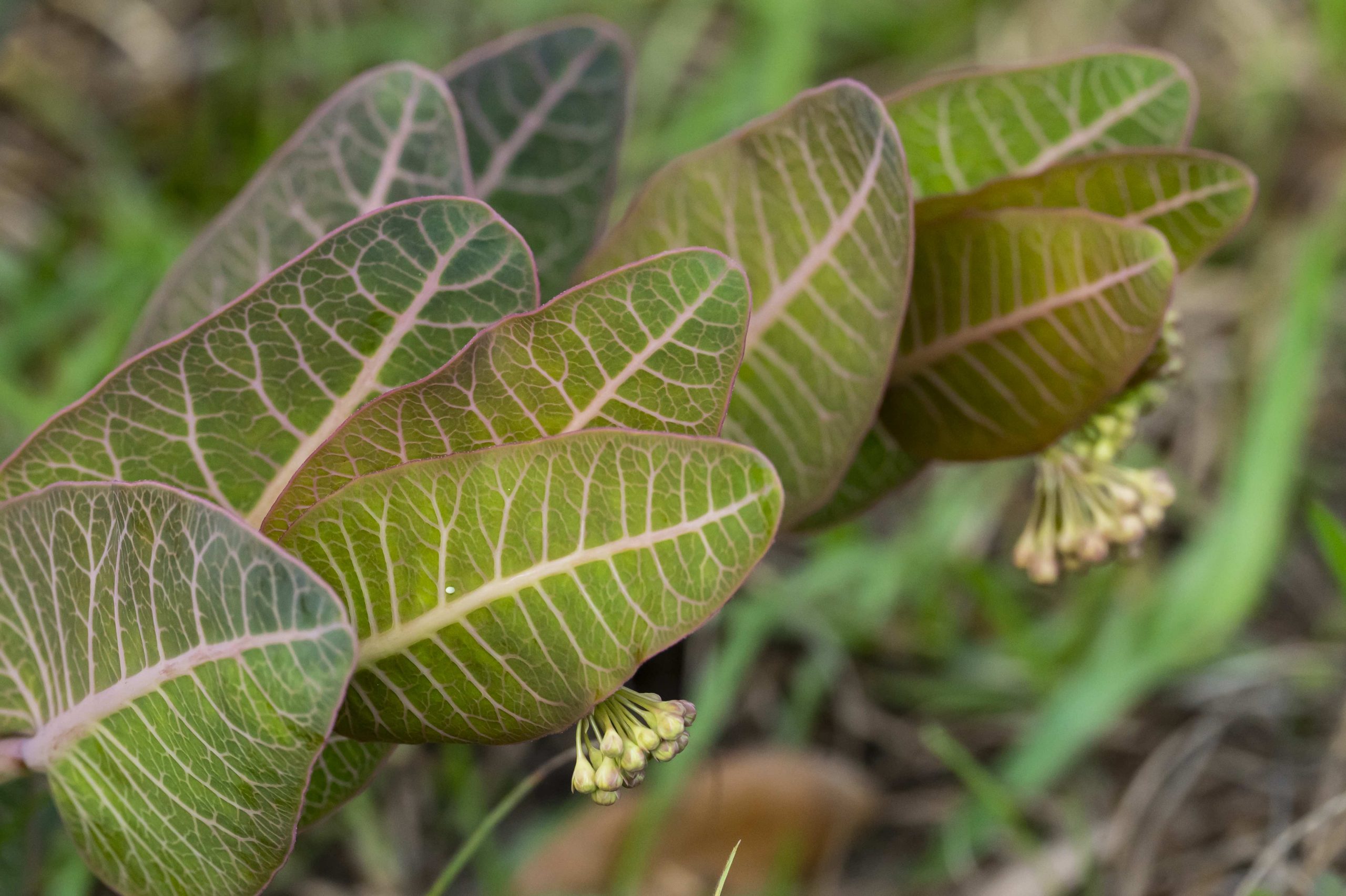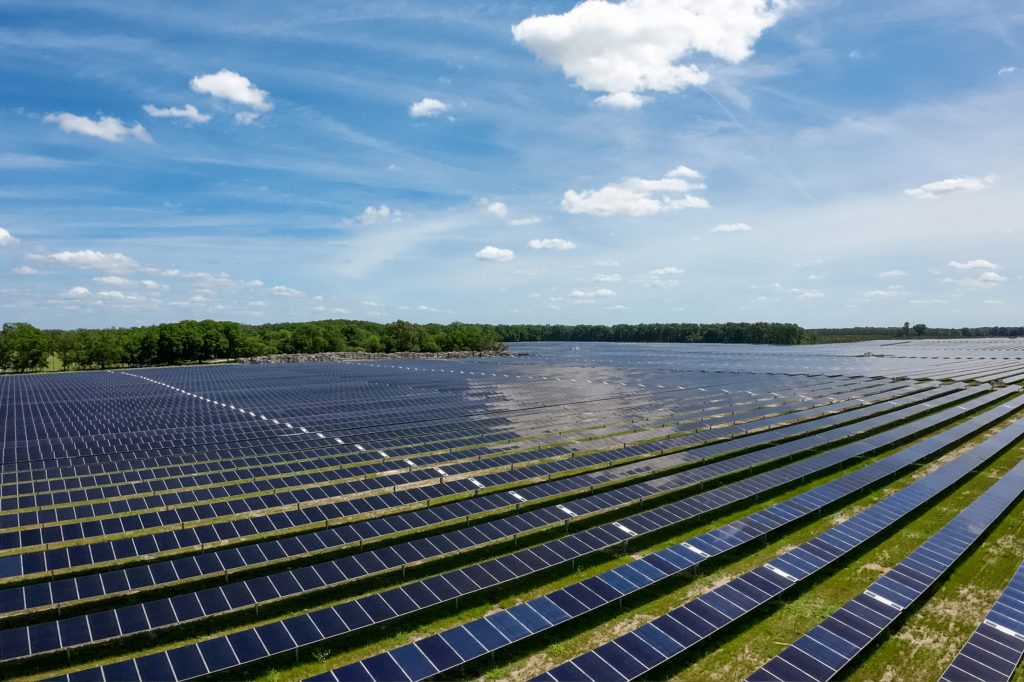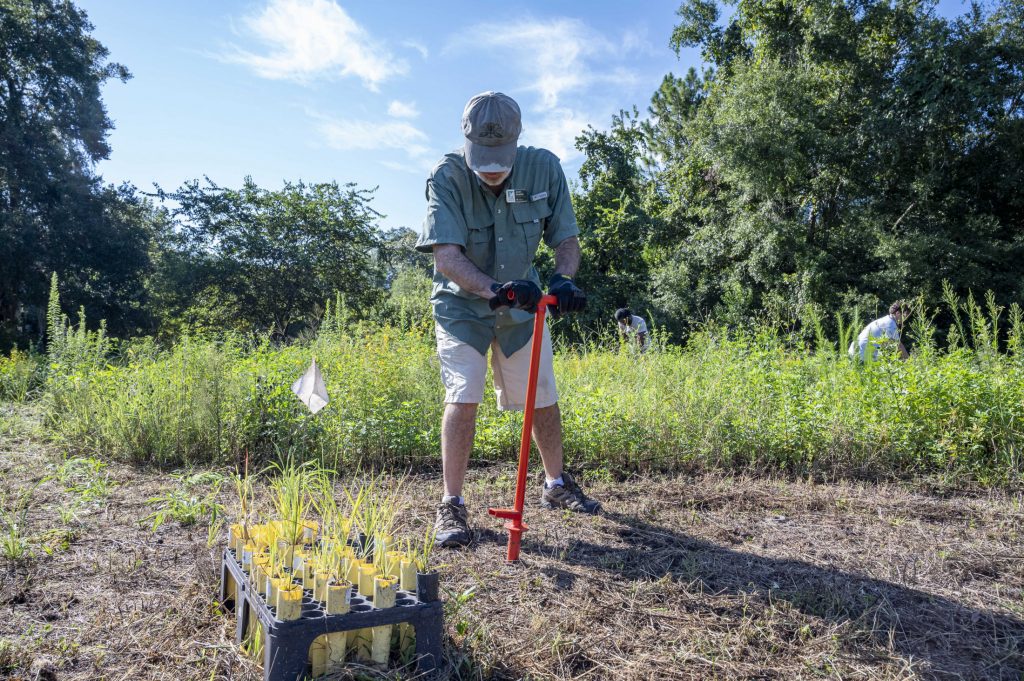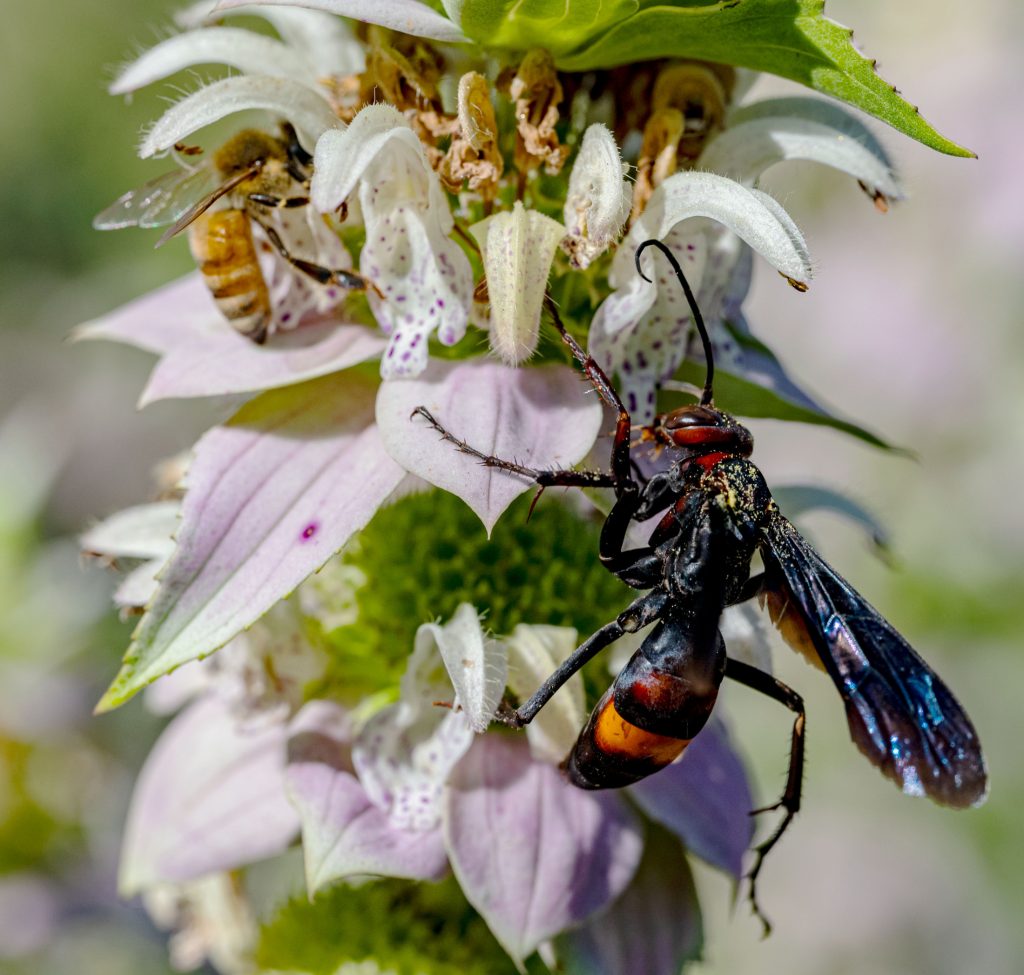The Daniels Lab at the Florida Museum of Natural History was recently awarded two grants to help support pollinators in Florida. The Florida Department of Transportation has set aside $155,002 for the team to plant and monitor thousands of milkweeds along roads in North Florida, and Duke Energy Florida will distribute $144,421 over three years to evaluate the establishment of pollinator habitat at its new solar site in Alachua County.
Pollinators are declining on a global scale, the collateral damage of continued habitat destruction and urbanization, among other stressors. But according to Jaret Daniels, a curator at the museum’s McGuire Center for Lepidoptera and Biodiversity, humans already have many of the resources required to stave off further declines — we just need to make better use of them.
“We have a lot of conservation land, but not enough to maintain pollinator populations and offset the losses from human impacts,” he said. “We need to look to environments that we, as humans, manage every day. That includes yards and neighborhoods, as well as the most visible landscapes that each of us encounter every day, such as roadsides, easements and other non-traditional spaces.”
Wildflowers are the new roadside attraction
There are an estimated 4 million miles of roadways that crisscross the U.S., fragmenting natural spaces and creating barriers that restrict the free movement of pollinators. This maze of asphalt is surrounded by 17 million acres of roadside, an amount of land equal to the size of Ireland. More and more states are sowing wildflower seeds along these embankments, transforming them from barriers into corridors for pollinators.
Current roadside management practices, such as periodic mowing, can even be beneficial to plants that rely on pollinators with little to no fine-tuning. Such is the case for milkweeds that are adapted to dry areas prone to fire.
“There’s anecdotal evidence that milkweed populations are decreasing broadly, but they’re often found outside of conservation land, primarily on roadsides and in pastures,” Daniels said. “Many of the upland species are surviving in these heavily managed areas because mowing and grazing are proxies for fire.”

Florida Museum photo by Jeff Gage
FDOT is in the process of expanding its support of pollinators through enrollment in the Nationwide Candidate Conservation Agreement with Assurances for the Monarch Butterfly on Energy and Transportation Lands. The agreement targets practices that benefit the imperiled migratory monarch butterfly (Danaus plexippus). Through the grant, Daniels and his team will annually plant 3,000 juvenile milkweed plants along roadsides in North Florida for three years in an effort to enhance monarch breeding habitat. In a separate study, they’re testing out the use of remote sensing and AI to identify milkweed plants in the field.
“It’s a lot of energy to do boots-on-the-ground surveys. We may be able to use images taken by drones to identify these plants and monitor the populations long term.”
Solar farms are a model for mixed-use land management
The expansion of solar farms across the U.S. is similarly creating an abundance of bright, open spaces that require regular upkeep. Unused areas near the solar arrays are increasingly being viewed as prime real estate for growing native flowering plants that support pollinators. Duke Energy Florida recently completed construction of a new solar site in High Springs, Florida, and approached Daniels to see if he’d be willing to conduct a feasibility study that would assess plant selection, establishment, survival, time to bloom, bloom abundance and overall cost.
For this project, Daniels will be planting a variety of native wildflower species. In determining which plants to test, he’ll use a combination of previous experience, cost-benefit analyses and a long list of potentially suitable species included in an upcoming solar toolkit published by the Florida Fish and Wildlife Conservation Commission. From there, Daniels and his team will find themselves in a somewhat unexplored frontier. There’s no end to available resources that aid homeowners in growing an effective pollinator garden. However, very few studies, especially in the Southeast, have tested how best to establish larger-scale pollinator habitat in this type of landscape.
According to Daniels, most of the information that does exist is anecdotal and not broadly applicable to a wide region. Even the most basic questions, like how many seeds to sow and in what proportions, are still open-ended.
By project’s end, Daniels’ team will help generate more rigorous recommendations that can be broadly applicable to the southeast U.S.
“Duke Energy wants something they can apply not just to this particular solar site, but to other sites throughout their Florida service territory,” Daniels said. “We can give them something backed by data on how they can do this better and more effectively, to benefit the pollinators and also maximize their impact.”
“Duke Energy is excited to work with the Daniels lab at the Florida Museum of Natural History to discover best practices for successful pollinators at our solar facilities,” said Melissa Seixas, Duke Energy Florida state president. “Duke Energy is committed to environmental stewardship and ensuring we do everything we can to preserve and enhance pollinator habitats that are vitally important to our ecosystems and the health of our planet.”
“This work will help us understand how to prepare our facilities to have a healthier and more thriving environment for the monarch butterfly and other declining species,” Seixas said.
Source: Jaret Daniels, jdaniels@flmnh.ufl.edu
Media contact: Jerald Pinson, jpinson@flmnh.ufl.edu, 352-294-0452


